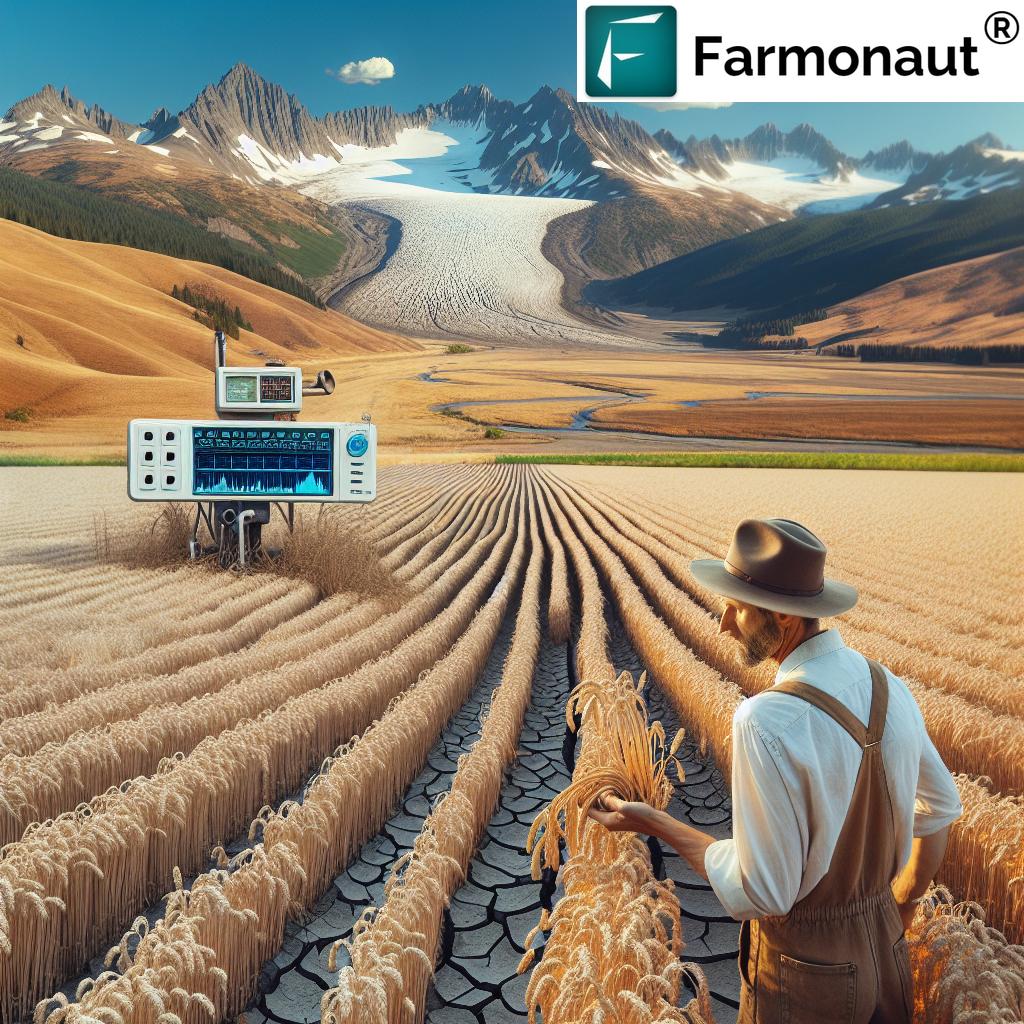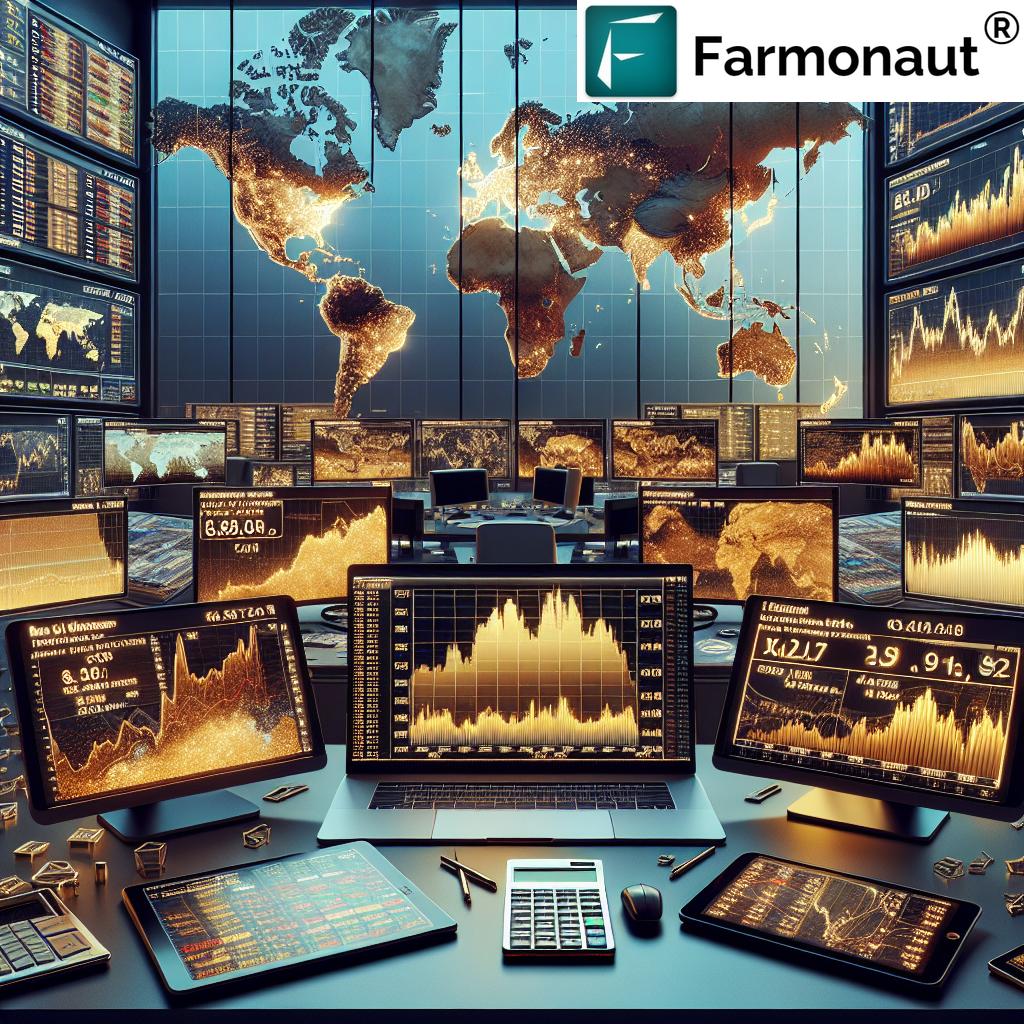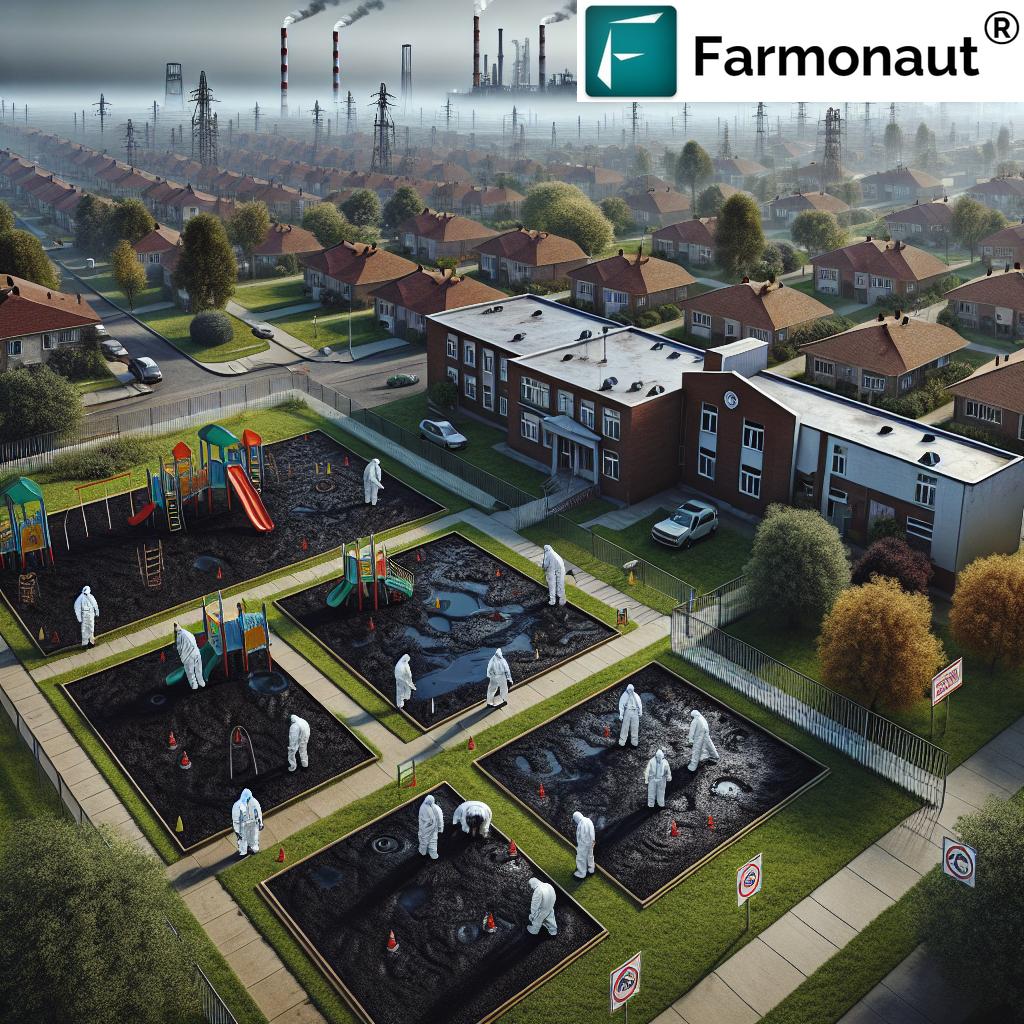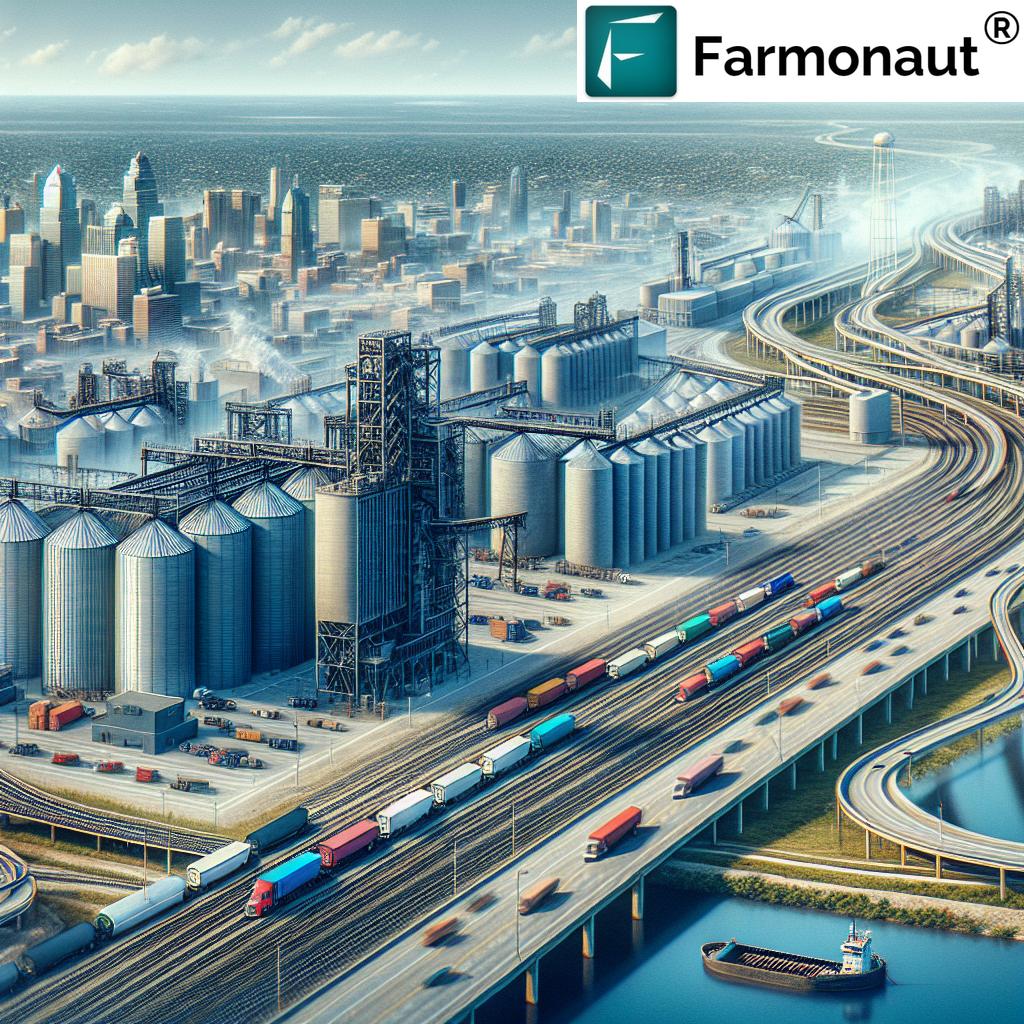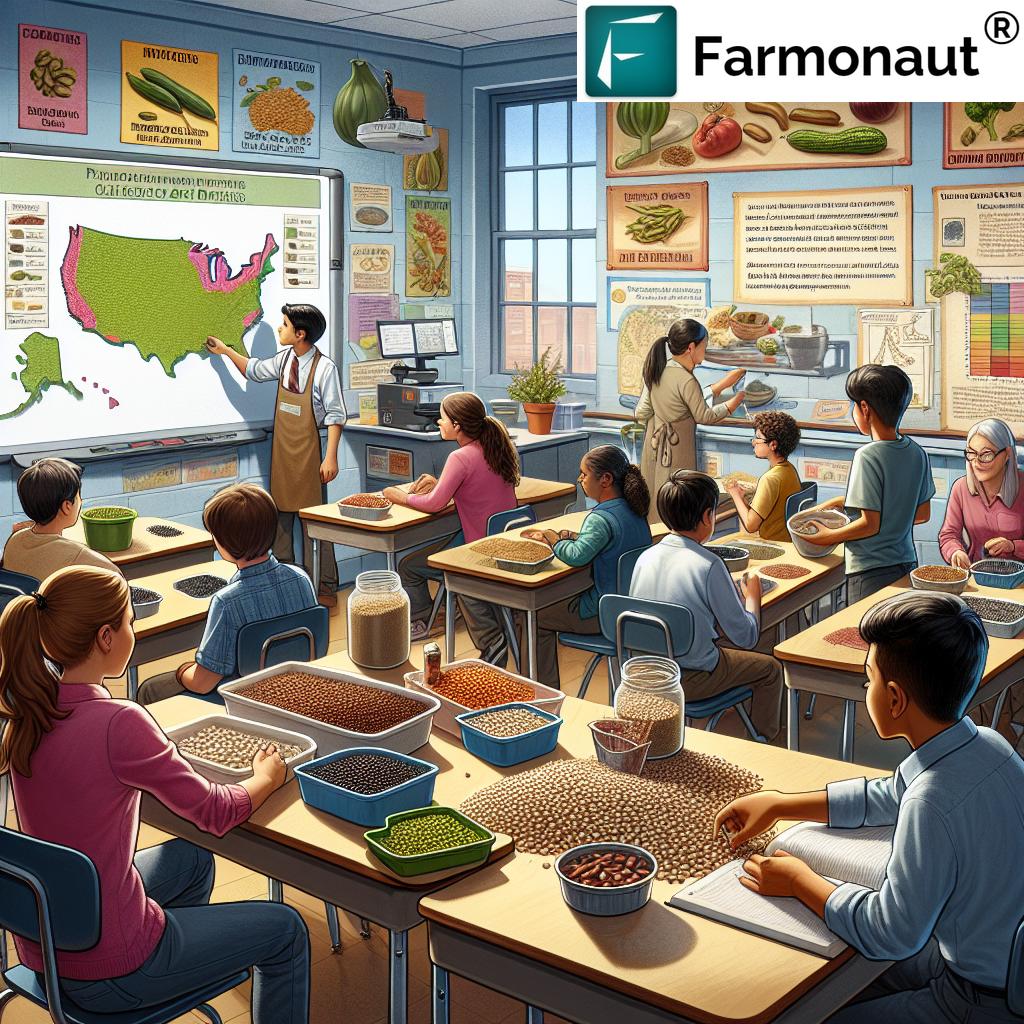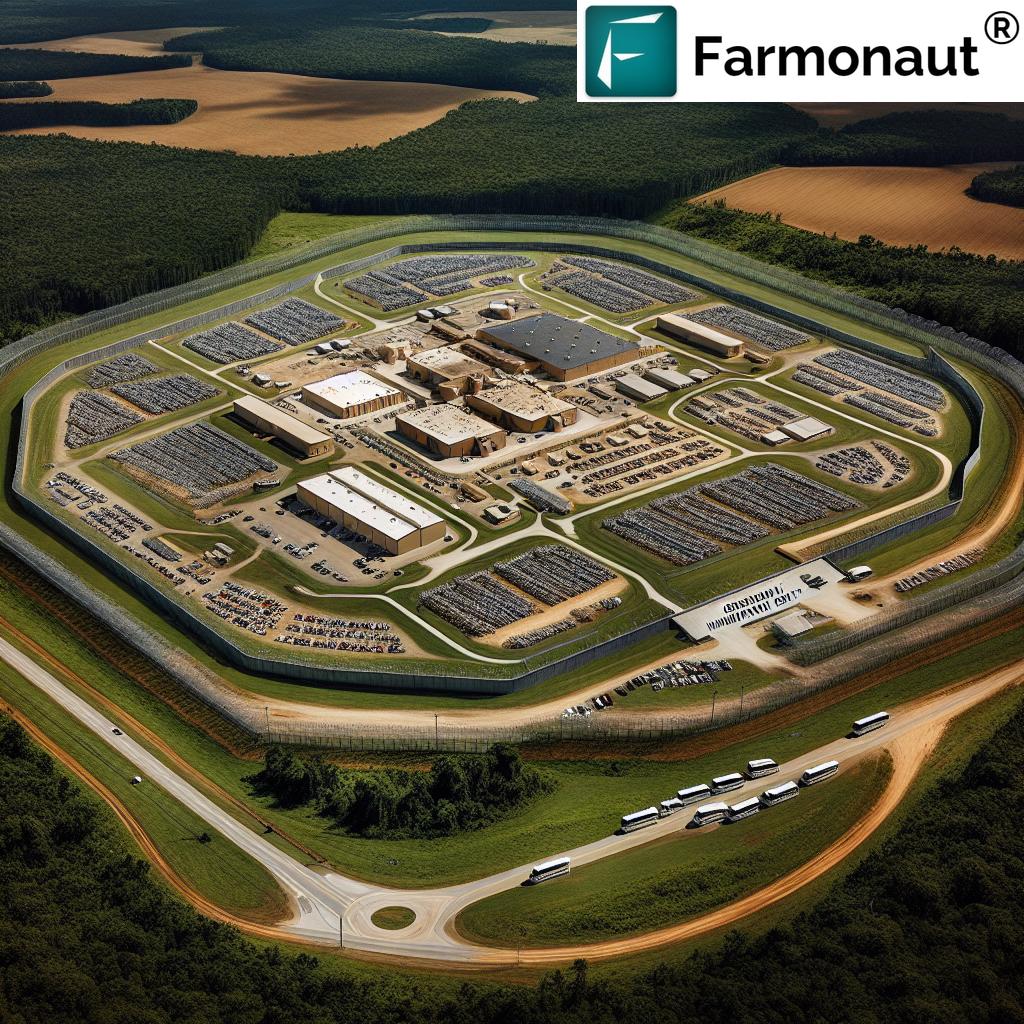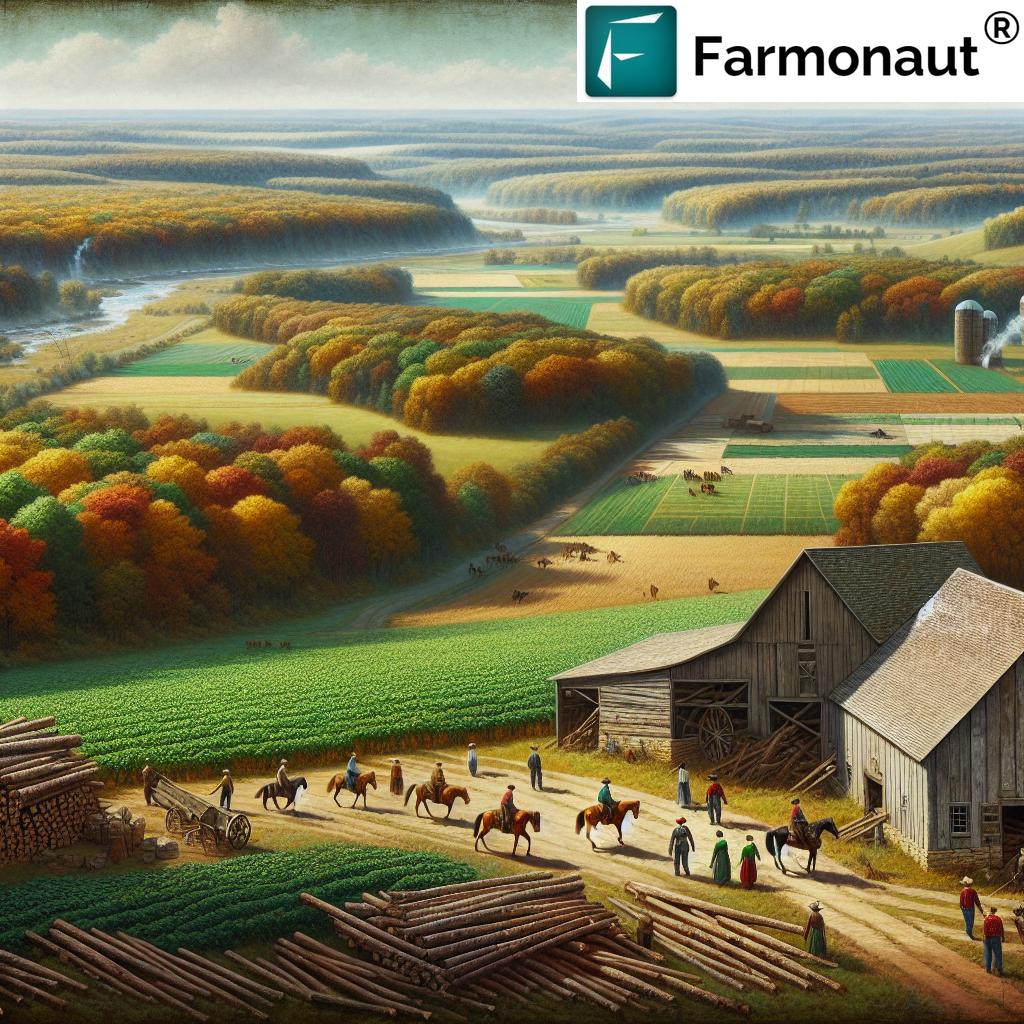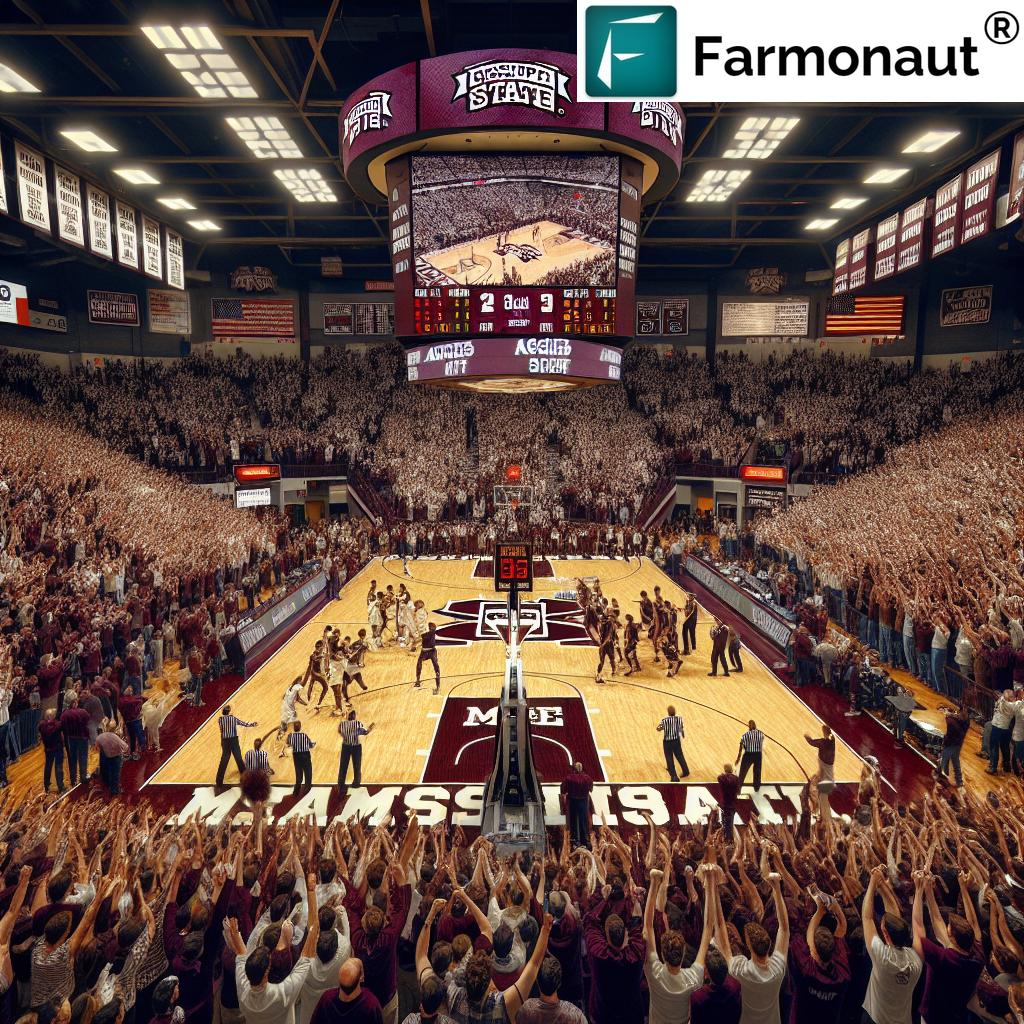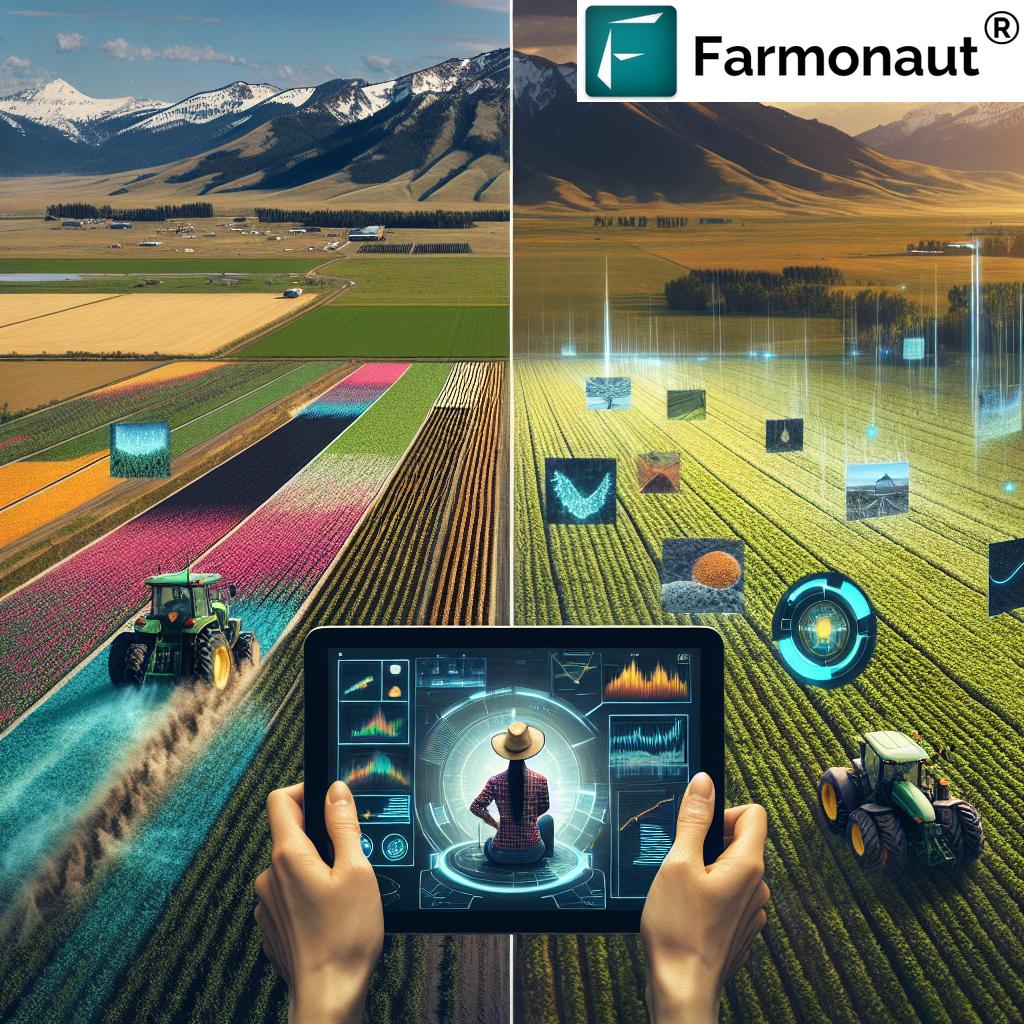Demystifying Food Labels: Farmonaut’s Ultimate Guide to Smart Grocery Shopping in Connecticut
“USDA grant initiatives support 75% of innovative food labeling apps, empowering consumers to make informed grocery decisions.”
Welcome to Farmonaut’s comprehensive guide to navigating the often confusing world of food labels and smart grocery shopping in Connecticut. As pioneers in agricultural technology, we understand the importance of making informed decisions about the food we consume. In this ultimate guide, we’ll demystify food labels, explore innovative technologies, and provide you with the tools you need to shop smarter in the aisles of your local Connecticut grocery stores.
Understanding Food Labels: The First Step to Smart Shopping
Food label understanding is crucial for making informed food purchasing decisions. As consumers, we’re bombarded with a plethora of labels, certifications, and claims on food packaging. Let’s break down some of the most common labels you’ll encounter in Connecticut grocery stores:
| Label | Definition | Key Considerations |
|---|---|---|
| Non-GMO | Indicates that the product does not contain genetically modified organisms | Doesn’t necessarily mean organic; focused on genetic modification only |
| Organic | Produced without synthetic pesticides, fertilizers, or genetic engineering | USDA certified; stricter standards than “natural” claims |
| Natural | Minimally processed without artificial ingredients or preservatives | Less regulated term; doesn’t guarantee organic or non-GMO status |
| Locally Grown | Produced within a certain radius of the point of sale | Definition of “local” may vary; supports local economy |
Understanding these labels is just the beginning. With the support of USDA grant initiatives, innovative technologies are being developed to further assist consumers in making informed choices.
Leveraging Technology for Smarter Shopping
At Farmonaut, we believe in the power of technology to revolutionize agriculture and empower consumers. While our primary focus is on satellite-based farm management solutions, we recognize the importance of consumer food education and how technology can bridge the gap between farm and table.
Agricultural technology apps are changing the way we shop for groceries. These apps, many of which are supported by USDA grant initiatives, provide valuable information about food products right at your fingertips. From scanning barcodes to get detailed nutritional information to understanding the journey of your food from farm to store, these tools are invaluable for the conscious consumer.
While Farmonaut’s primary focus is on providing satellite-based farm management solutions, our technology indirectly contributes to consumer awareness by enabling farmers to produce higher quality crops with greater transparency. To learn more about our satellite data interpretation for agriculture, check out our tutorial video above.
The Role of Cooperative Extension Services in Consumer Education
In Connecticut, cooperative extension services play a crucial role in bridging the gap between agricultural research and consumer education. These services, often affiliated with land-grant universities, offer a wealth of resources for consumers looking to make informed food choices.
- Interactive workshops on food label reading
- Virtual events focusing on nutrition and local food systems
- Online courses on sustainable food choices
- Collaboration with local farmers to promote understanding of agricultural practices
These extension education resources are invaluable for consumers looking to deepen their understanding of food labels and make healthier choices. By participating in these programs, you can gain hands-on experience and expert knowledge to navigate the grocery store aisles with confidence.
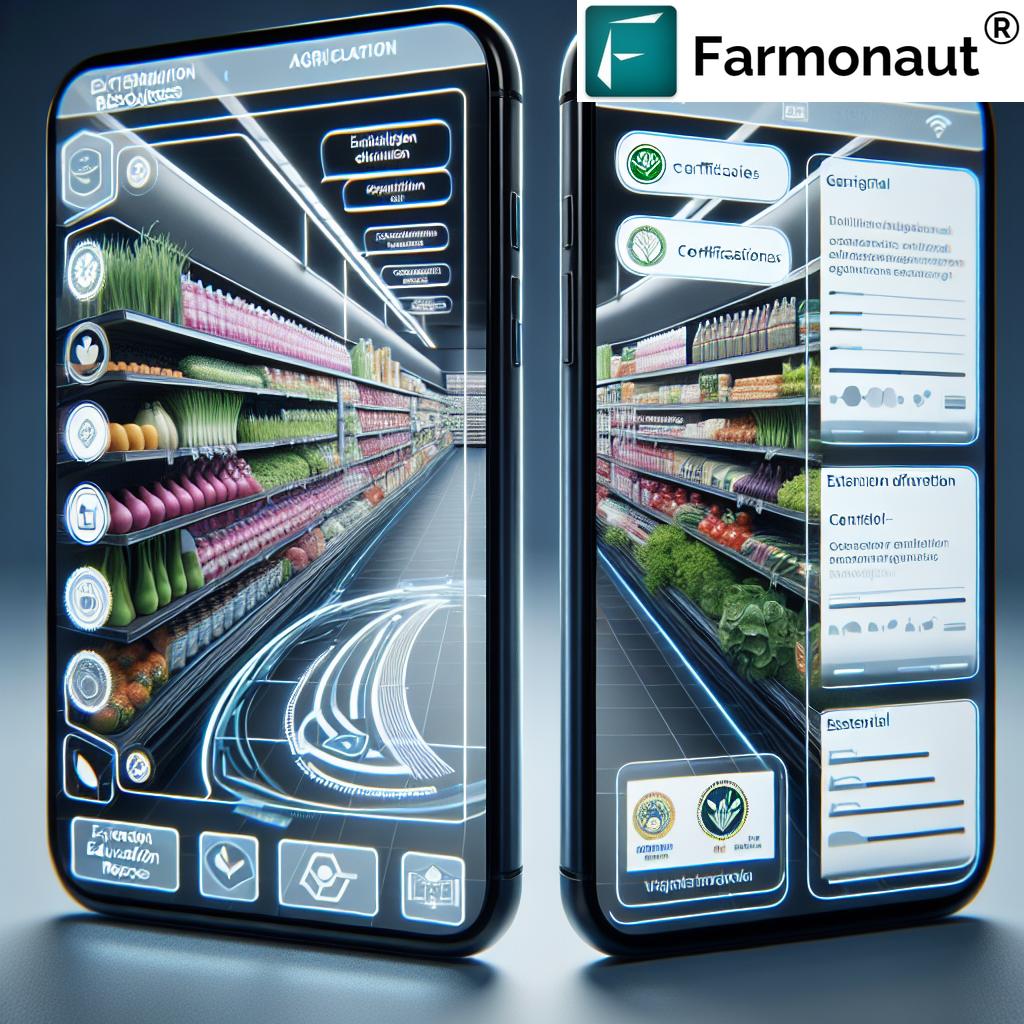
Navigating the Grocery Store Aisle: Practical Tips
Armed with knowledge about food labels and supported by technology, let’s explore some practical tips for grocery store navigation in Connecticut:
- Plan ahead: Create a shopping list based on nutritional goals and meal plans.
- Start with the perimeter: Fresh produce, meats, and dairy are usually located on the store’s outer edges.
- Read labels carefully: Don’t be swayed by front-of-package claims alone. Check the nutrition facts and ingredients list.
- Use technology: Leverage food labeling apps to make quick, informed decisions.
- Buy local when possible: Support Connecticut farmers and reduce your food’s carbon footprint.
Remember, grocery store navigation is a skill that improves with practice. Don’t be discouraged if it takes time to adjust to reading labels and making informed choices.
The Impact of Agricultural Policy on Food Labeling
Understanding agricultural policy is crucial for comprehending the broader context of food labeling. In Connecticut and across the United States, agricultural policy shapes what we see on our food labels and how information is presented to consumers.
Key aspects of agricultural policy that impact food labeling include:
- Regulations on organic certification
- Guidelines for non-GMO labeling
- Requirements for nutrition facts panels
- Standards for health claims on food packaging
These policies are often influenced by a complex network of stakeholders, including government agencies, agricultural organizations, and consumer advocacy groups. By staying informed about agricultural policy, consumers can better understand the context behind food labels and make more informed choices.
At Farmonaut, we’re committed to making farming better with satellite data. While our focus is on supporting farmers, the quality and transparency of agricultural practices directly impact the food that reaches your table. Our technology enables farmers to make data-driven decisions, ultimately contributing to better quality produce and more transparent food systems.
“Land-grant universities collaborate on 50+ interactive food labeling resources, enhancing consumer knowledge through virtual events.”
The Future of Consumer Food Education
As we look to the future, consumer food education is evolving rapidly, driven by technological advancements and changing consumer preferences. Some key trends to watch include:
- Augmented Reality (AR) in grocery shopping: Imagine pointing your smartphone at a product and instantly seeing its nutritional information, sourcing details, and recipe ideas overlaid on your screen.
- Blockchain for food traceability: This technology allows consumers to trace their food from farm to table, ensuring transparency and authenticity.
- Personalized nutrition recommendations: AI-powered apps that provide tailored food suggestions based on individual health goals and dietary restrictions.
- Virtual grocery tours: Online guided tours of grocery stores, helping consumers navigate aisles and make healthier choices from the comfort of their homes.
These innovations promise to make food label understanding and grocery store navigation more intuitive and personalized than ever before.
The Role of Artificial Intelligence in Agriculture and Food Labeling
Artificial Intelligence (AI) is playing an increasingly significant role in both agriculture and food labeling. At Farmonaut, we leverage AI in our satellite-based crop monitoring systems to provide farmers with valuable insights. Similarly, AI is being used to enhance food labeling and consumer education.
The video above discusses the role of AI in agriculture, which has implications for food production and, consequently, food labeling. As AI continues to advance, we can expect more precise and informative food labels that provide consumers with detailed information about their food’s origins, production methods, and nutritional value.
Empowering Consumers Through Education and Technology
At Farmonaut, we believe that informed consumers are empowered consumers. While our primary focus is on providing cutting-edge agricultural solutions, we recognize the importance of consumer education in creating a more transparent and sustainable food system.
Here are some ways we’re indirectly contributing to consumer empowerment:
- Satellite-based crop monitoring: Our technology helps farmers produce higher quality crops, which ultimately benefits consumers.
- AI-driven insights: By providing farmers with data-driven recommendations, we’re promoting more sustainable and efficient farming practices.
- Blockchain integration: While primarily used for supply chain management, this technology has the potential to enhance food traceability for consumers.
To learn more about our satellite-based solutions and how they’re revolutionizing agriculture, check out our web app, or download our mobile apps:
For developers interested in integrating our satellite and weather data into their own applications, we offer a robust API. Check out our API Developer Docs for more information.
Conclusion: Towards a More Informed and Healthier Connecticut
As we’ve explored in this guide, understanding food labels and navigating grocery store aisles is a crucial skill for making informed food purchasing decisions. From leveraging technology to participating in cooperative extension programs, Connecticut consumers have a wealth of resources at their disposal to become smarter shoppers.
Remember, every time you make an informed choice at the grocery store, you’re not just benefiting your health – you’re also supporting sustainable farming practices, local economies, and a more transparent food system. At Farmonaut, we’re proud to be part of this movement towards a more informed and healthier Connecticut, even if indirectly through our agricultural technology solutions.
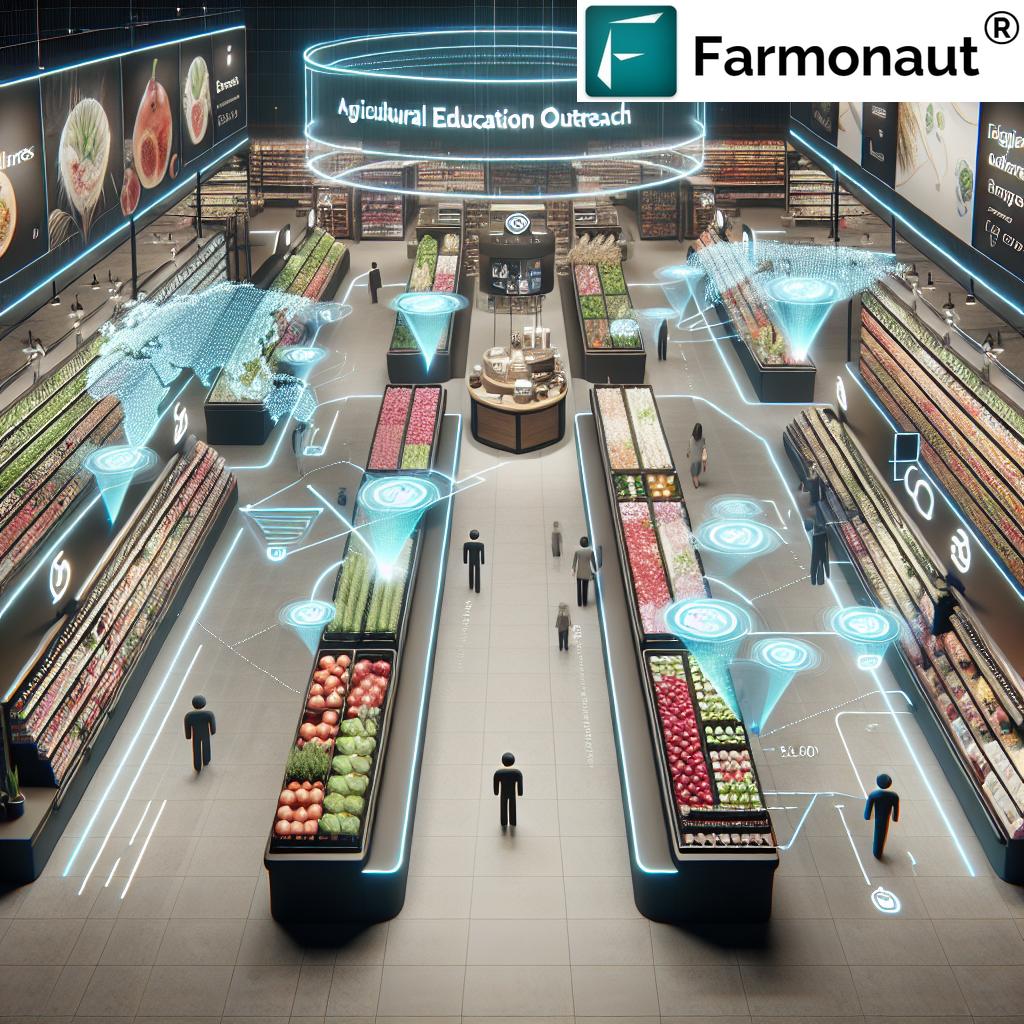
FAQs
Q: How can I verify if a product is truly organic?
A: Look for the USDA Organic seal on the product. This certification ensures that the product meets strict organic standards set by the U.S. Department of Agriculture.
Q: Are “natural” and “organic” labels the same thing?
A: No, they are not. “Natural” is a less regulated term and doesn’t guarantee that a product is organic or free from synthetic ingredients.
Q: How can I find local produce in Connecticut?
A: Check out farmers’ markets, join a CSA (Community Supported Agriculture) program, or look for “Connecticut Grown” labels in your local grocery stores.
Q: What does “non-GMO” mean?
A: Non-GMO means that the product does not contain genetically modified organisms. Look for the Non-GMO Project Verified seal for third-party verification.
Q: How can I learn more about food labels and smart shopping?
A: Participate in workshops offered by Connecticut’s cooperative extension services, use food labeling apps, and stay informed about agricultural policies affecting food labeling.







